Over my career, I’ve always dabbled in night photography, but just in the last ten years have really come to embrace it and love what it lets me do. Here are the top five reasons why:
1. It doesn’t require a lot of fancy or expensive equipment. You can start with a basic tripod and any camera that offers Manual exposure control and a self-timer. Sure, adding a fast-aperture (f/2.8?) wide-angle lens will give you some advantages, but an inexpensive kit lens will do the job too. And the lighting gear? I’ve used everything from my smartphone’s light to cheap hardware store flashlights. Even the gear for my most involved night shoots today – using multiple lights controlled via Bluetooth – has only cost me a few hundred dollars.
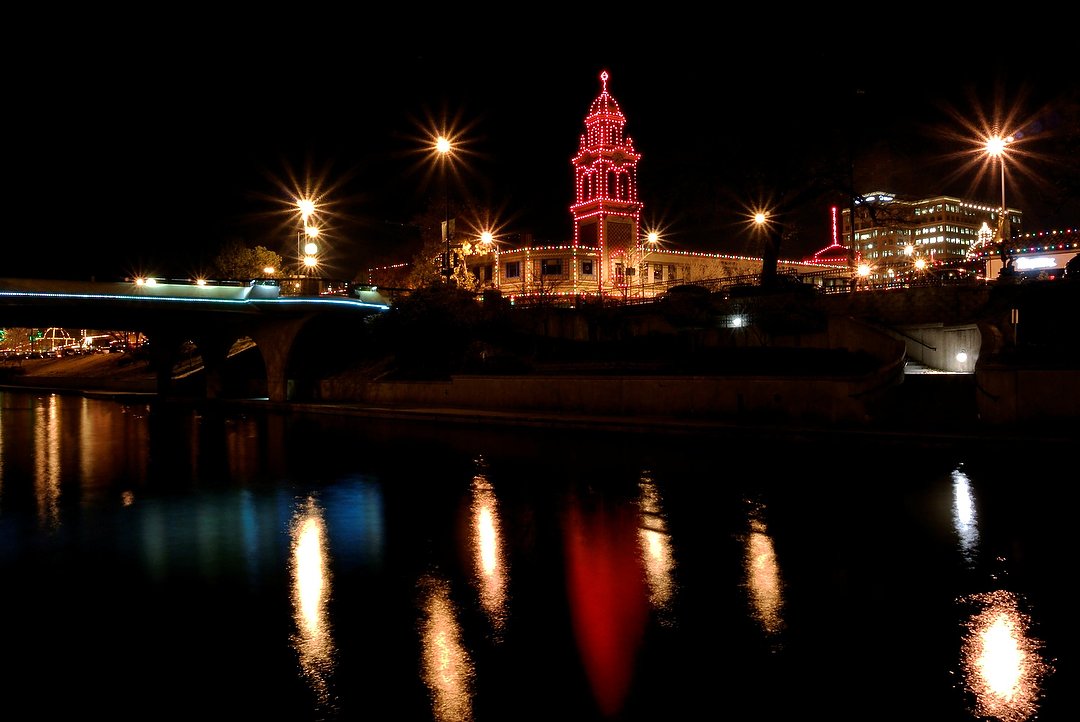
For this photo of holiday lights in Kansas City, all I needed was a fairly inexpensive compact camera with its kit lens and a tripod. Nikon One J1, Manual exposure, Incandescent white balance, ISO 100, 25-seconds at f/16, Nikkor 10-30mm lens at 10mm.
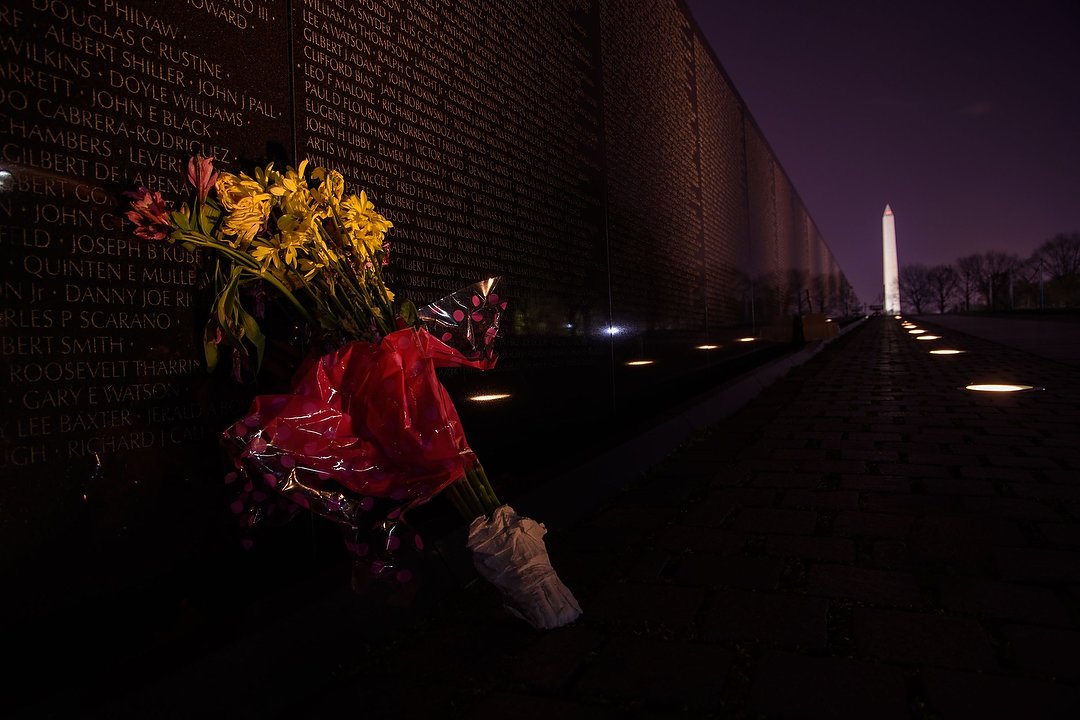
To light these flowers at the Vietnam Veterans Memorial in D.C., I simply used the flashlight on my phone. Nikon D7200, Manual exposure, ISO 200, 15-seconds at f/5.6, Nikkor 16-85mm lens at 16mm.
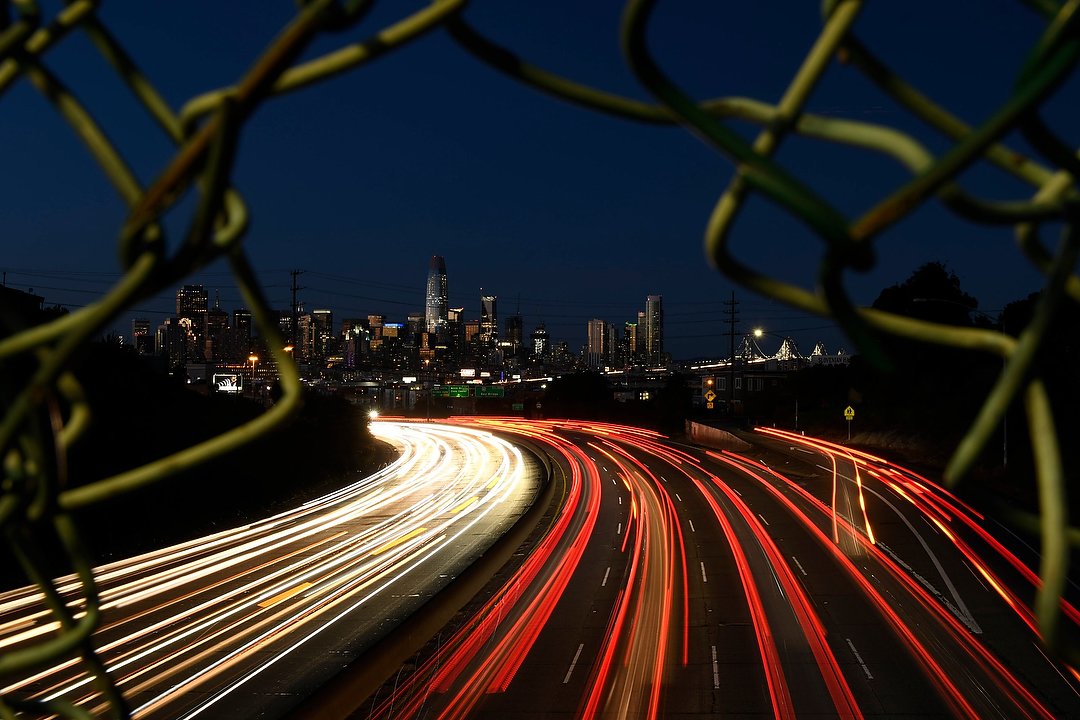
On a trip to San Francisco, I used a hole in the fence on a freeway overpass as a framing device to photograph the skyline and passing lights. Nikon D7500, Manual exposure, Sunny white balance, ISO 100, 4-seconds at f/13, Nikkor 16-85mm lens at 37mm.
2. It’s peaceful and relaxing. Once the sun’s down it’s going to be dark, and stay that way for a long time, so there’s no hurry. You have plenty of time to solve problems and try different things. And places that may be popular and crowded during the day tend to empty out at night. It’s also a great time to be outside.
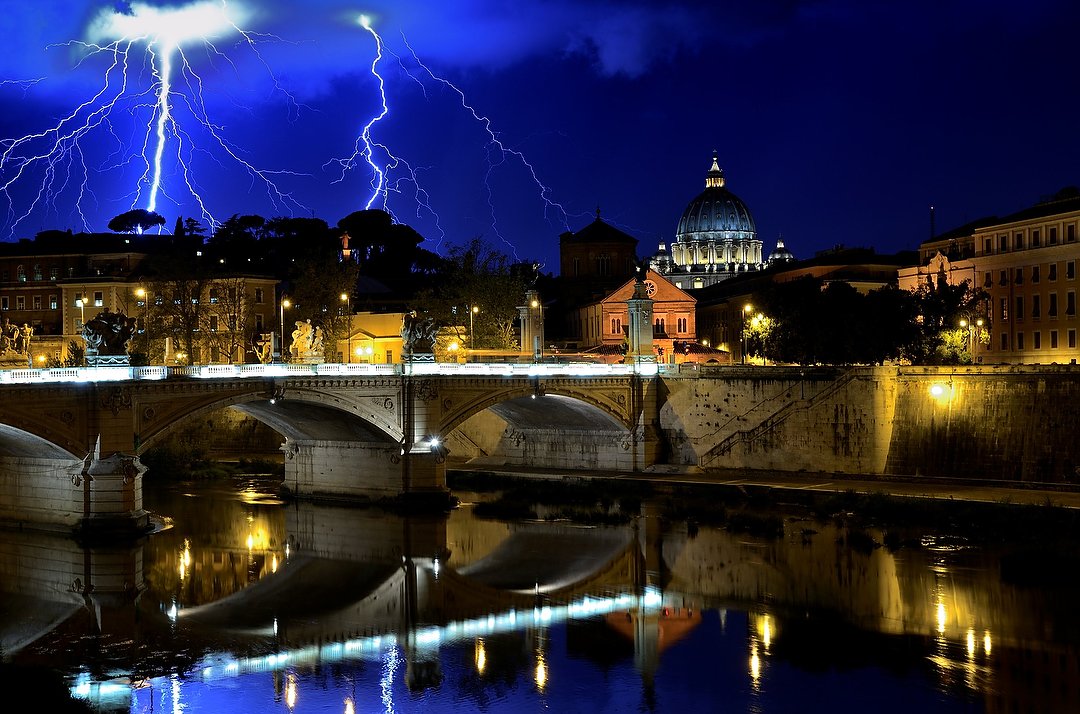
On vacation in Rome, I went out at night to wander the city and caught lightning over St. Peter’s Basilica. Not having a tripod, I simply rested the camera on a wide bridge railing and used the self-timer. It took 64 tries, but I did have all night. Nikon D7000, Manual exposure, white balance of 2500K, ISO 200, 4-seconds at f/7, Nikkor 16-85mm lens at 35m.
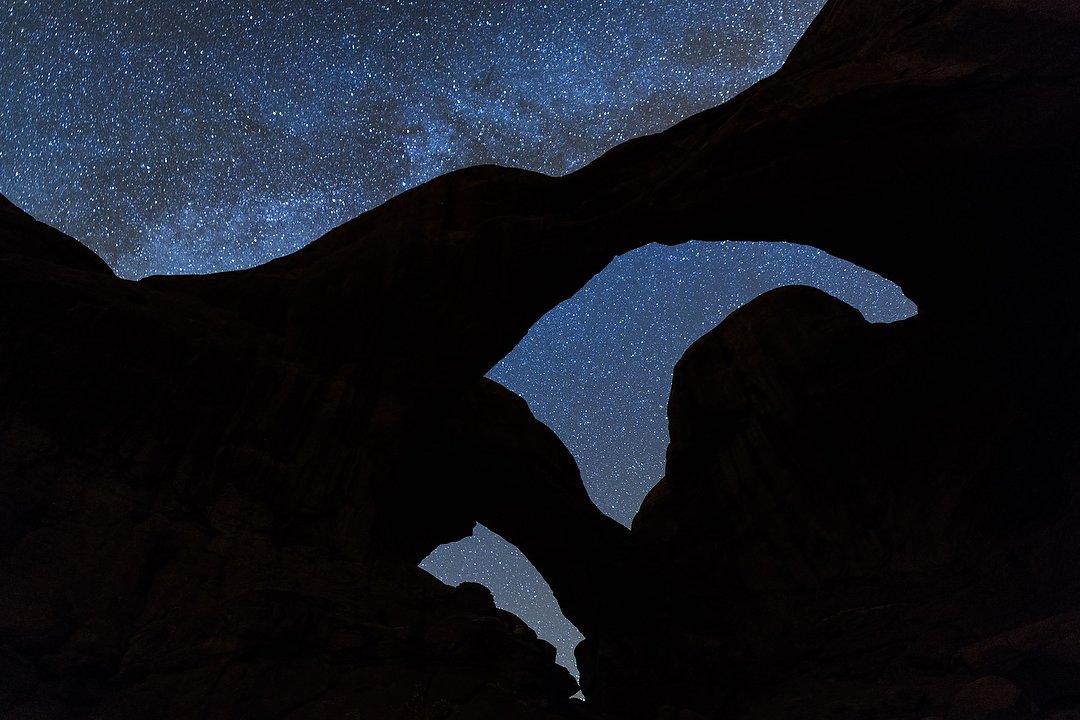
Arches National Park in Utah can be crowded during daytime, but come night, almost everyone leaves. I love the peace and quiet at times like this, which make photography at places like Double Arch, seen here, even more enjoyable. Nikon D850, 3450K white balance, ISO 2500, 30-seconds at f/2, Nikkor AF 20mm f/1.8G lens.
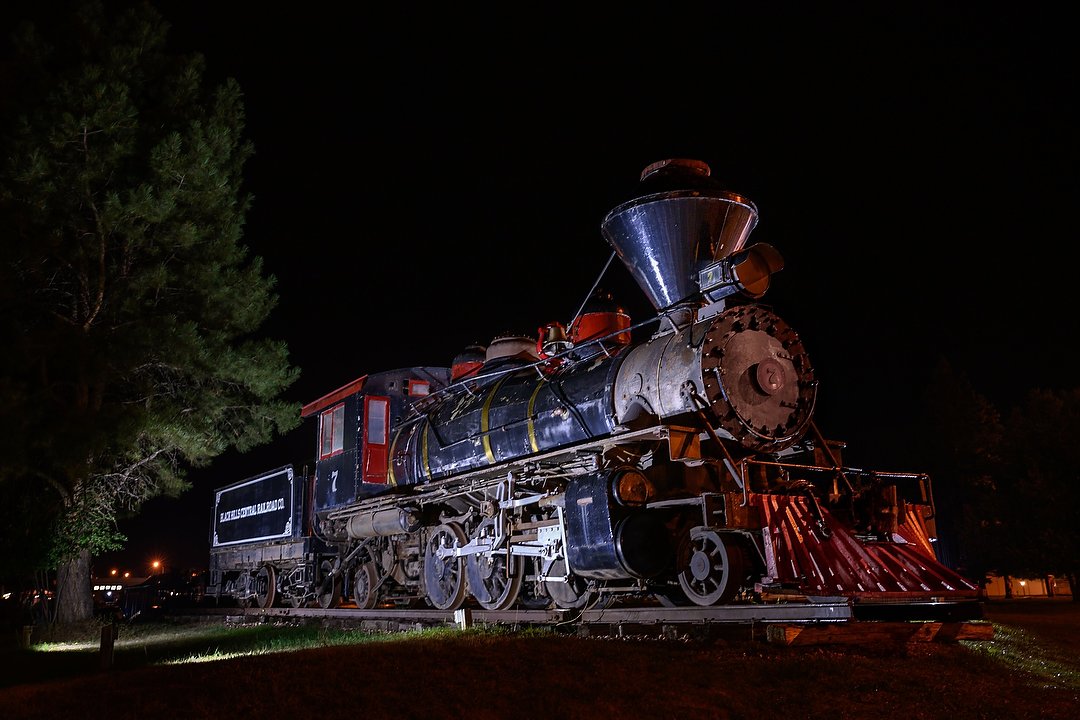
This is the 1880 Train Depot in Hill City, S.D. It’s a stop I make with my workshop group on the way back to our hotel after photographing Mt. Rushmore at night. Since it’s already lit, all we need are our cameras and tripods. Nikon Z 9, Aperture Priority, Auto white balance, ISO 400, one-second at f/4, Nikkor Z 24-120mm f/4 S lens at 27mm.
3. I control the light. No more waiting for the right light or being frustrated by cloud cover. No more chasing the light as the sun sets. With night photography, I can put the light exactly where I’d like it.
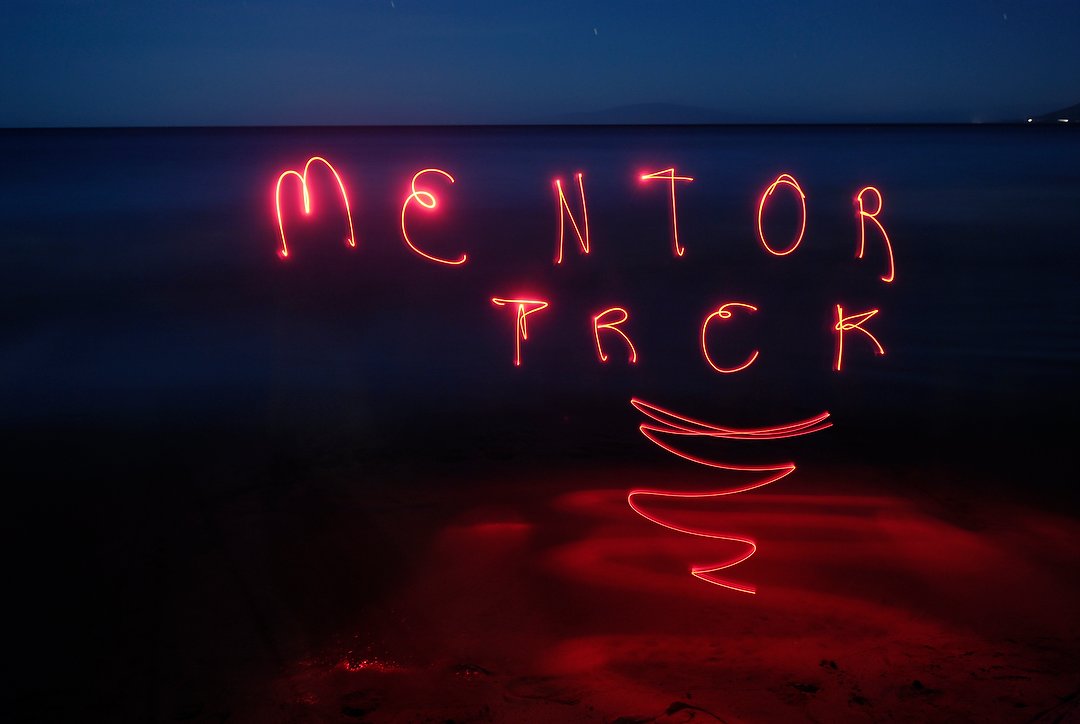
Leading a Mentor Series Trek to Hawaii years ago, I took the group out to the beach for some night photography. Here I’m demonstrating what you can do with a small red flashlight, if you can manage to write letters backward! I’m actually in this photo too, but since I kept moving while drawing letters with the flashlight, I don’t show up in the photo. I also used a locking release to keep the shutter open past 30 seconds. Nikon D200, Manual exposure, ISO 200, Incandescent white balance, 86-seconds at f/4, Nikkor 12-24mm lens at 20mm.
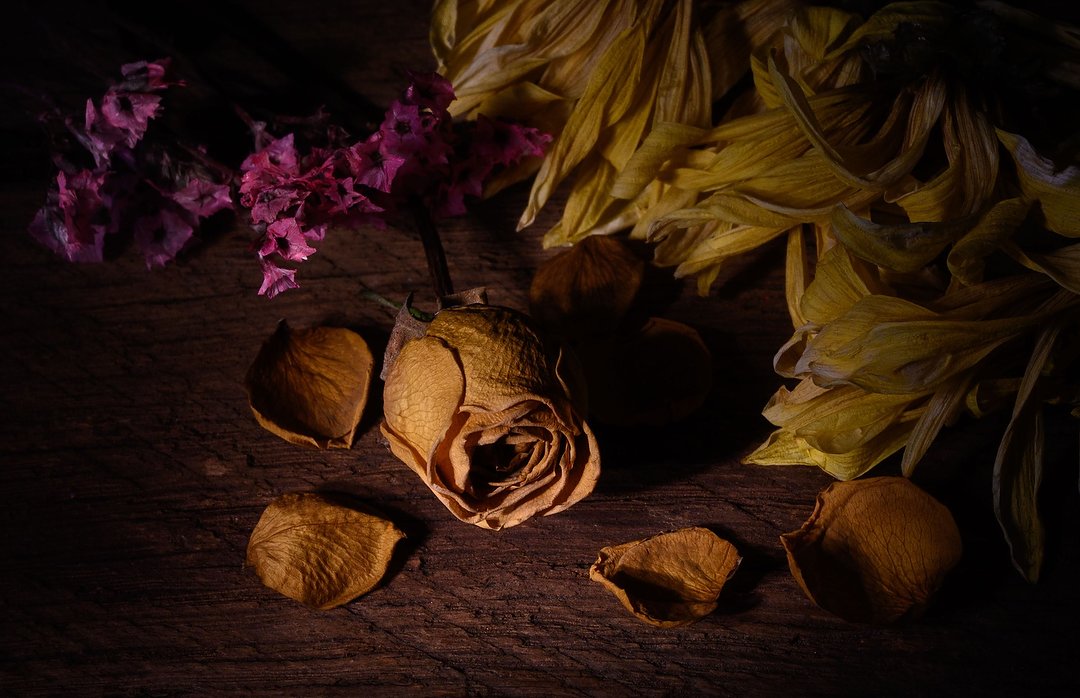
You can also do light painting inside, either at night or in a room that can be made dark. Here I’m using some old flowers on a piece of barn wood, and adding brief touches of light with a small flashlight. Nikon Z 50, Manual exposure, Auto white balance, ISO 100, five-seconds at f/16, Nikkor Z DX 16-50mm f/3.5-6.3 VR lens at 48mm.
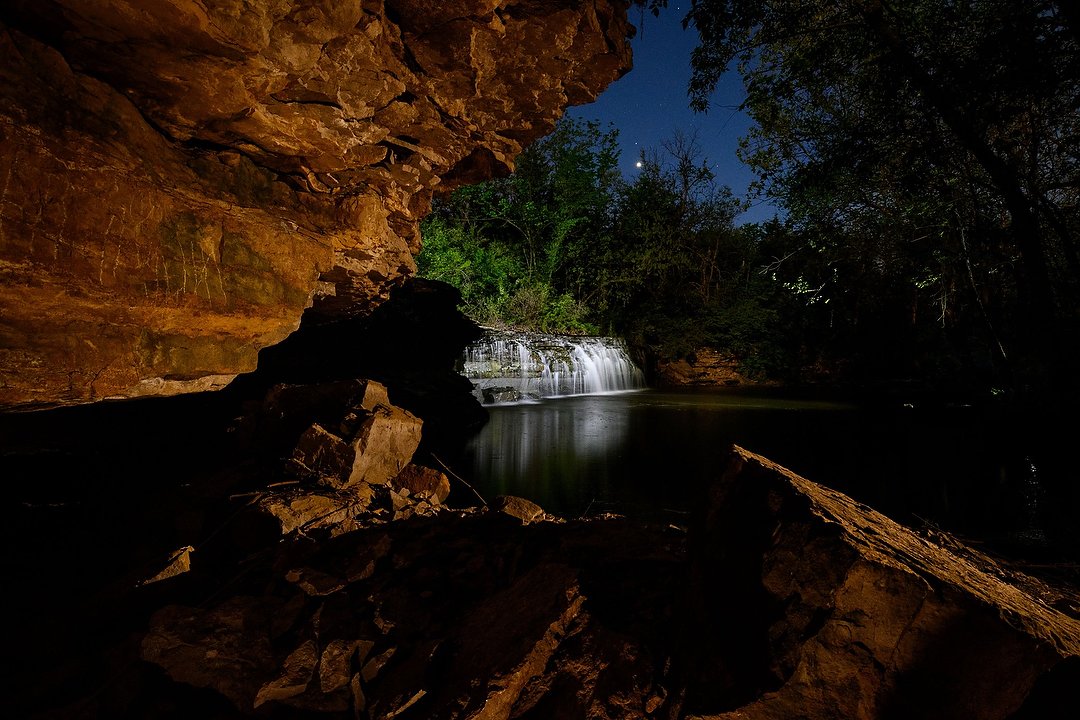
In this case I’m using a few LumeCubes to provide the light at a city park near my home. This is what’s called “low level lighting,” as the lights stay on throughout the exposure, but at such low intensity I can still bring out stars and planets in the sky. Nikon Z 50, Manual exposure, Sunny white balance, ISO 1000, 15-seconds at f/9, Nikkor AF-S DX Zoom-Nikkor 12-24mm f/4G IF-ED lens at 12mm.
4. It’s unusual, but far from impossible. I’ll never photograph Earth from space or visit the bottom of the ocean. But making pictures at night? I can do that easily, wherever I am. And since few photographers keep shooting after dark, that alone helps make my photos more interesting and special.
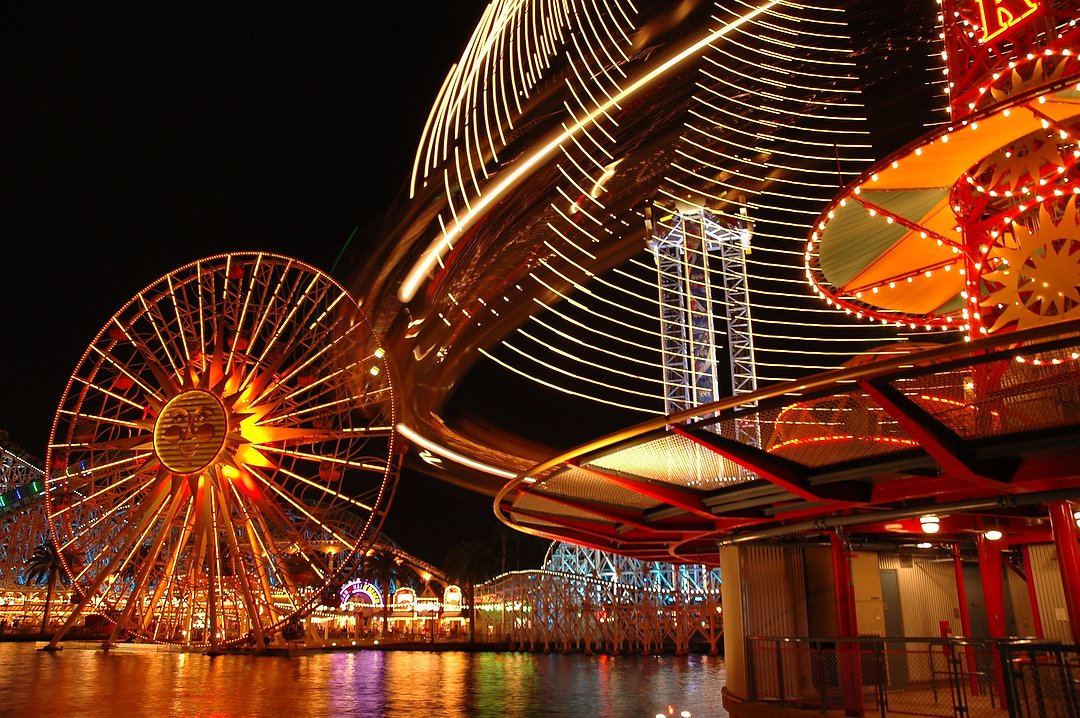
One of my early night photos, at an exotic location called “Disneyland.” I rested the camera on a railing to make this time exposure. Nikon D70, Manual exposure, ISO 200, one-second at f/5, Nikkor 16-85mm lens at 18mm.
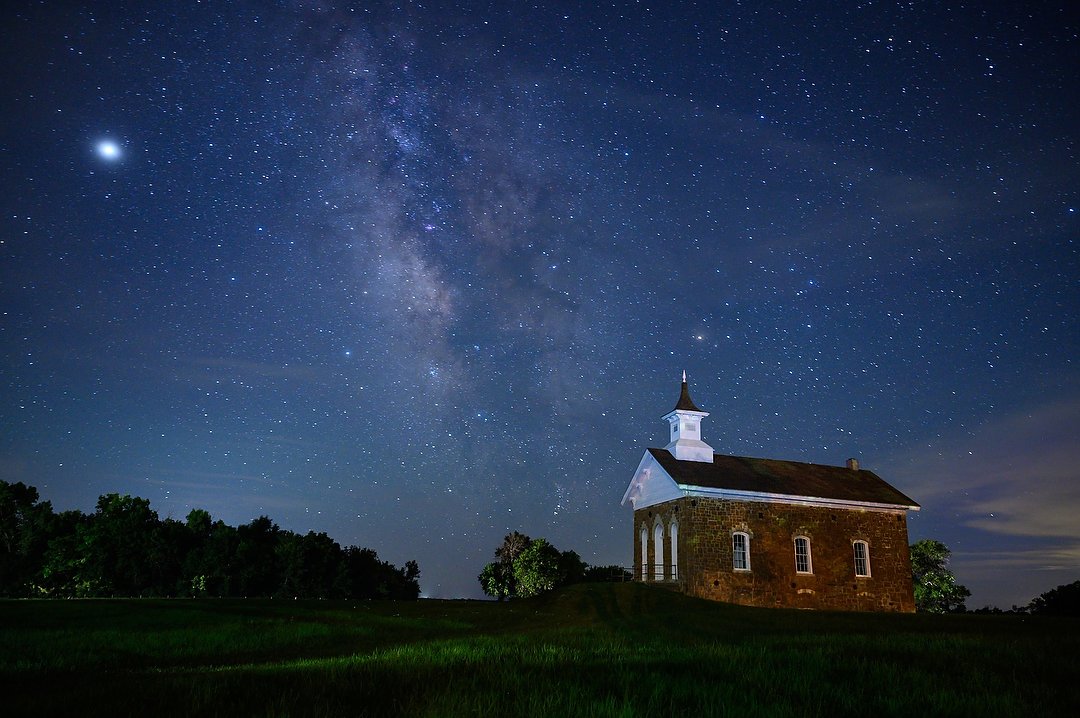
A planet and the Milky Way over an old schoolhouse about an hour southwest of where I live. The front of the schoolhouse is lit by a dusk-to-dawn light at far left and some ambient light from nearby homes. Nikon Z 6, Manual exposure, 3800K white balance, ISO 2000, 30-seconds at f/2.8, Nikkor Z 24-70mm f/2.8 lens at 26mm.
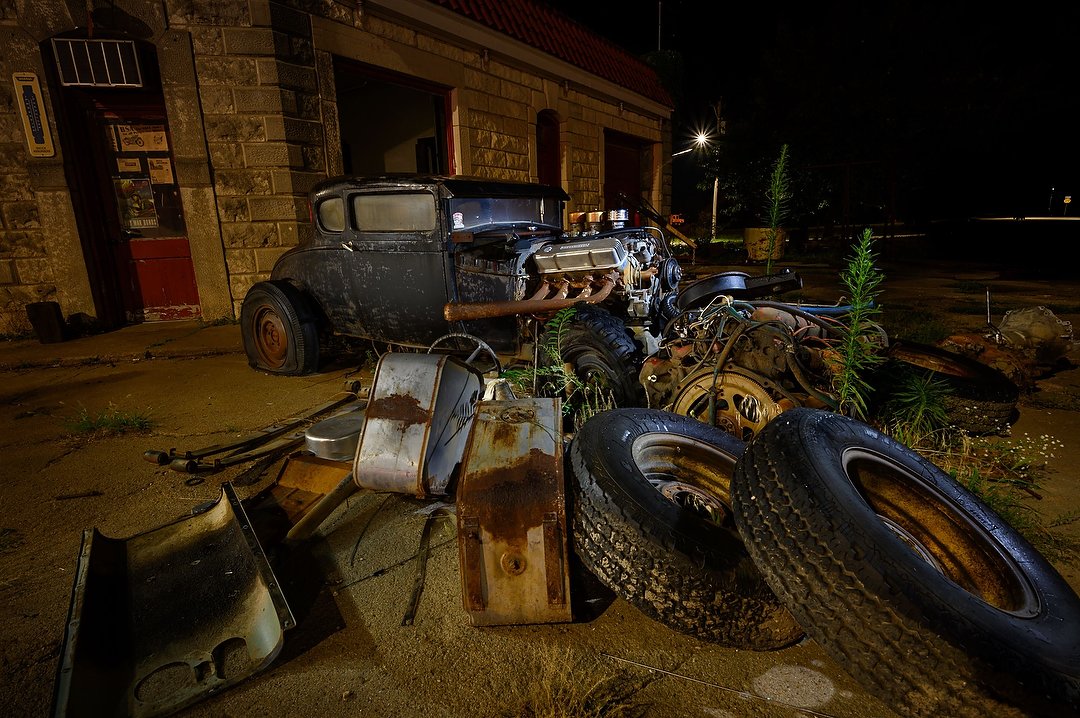
I found this old gas station driving through a small town on the way to another night shoot. Once finished with that, I returned, and with the help of a friend used two flashlights to add to the illumination provided by a nearby streetlight. Nikon Z 6, Manual exposure, Sunny white balance, ISO 125, ten-seconds at f/11, Nikkor Z 14-30mm f/4 S lens at 18mm.
5. I can do night photography almost anywhere, and I keep learning and growing as a photographer. Okay, I know that’s two, but I wanted to keep the list to five :). Whether I’m at home or on the other side of the world, in a city or the middle of nowhere, there’s always nighttime. And just like many other types of photography, the more you do night photography, the more you realize there are lots of different directions you can go with it.

In Dallas to teach Nikon School, that night I went with a friend to the Margaret Hunt Hill Bridge to take photos with the moon rising over downtown. Nikon D5200, Manual exposure, Sunny white balance, 100 ISO, eight-seconds at f/11, Nikkor 10-24mm DX lens at 11mm.
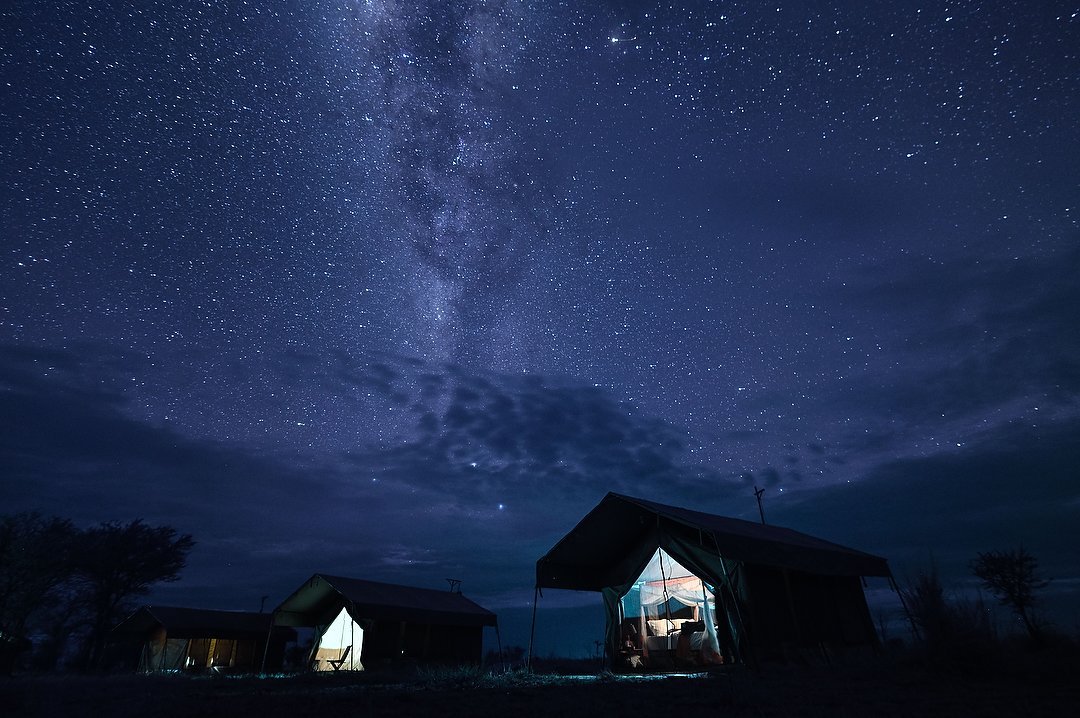
While leading a wildlife trip to Africa last year, I grabbed our guide and a friend late one night to help me make this photo of the Milky Way. I had them turn the tent lights on for about one second during the exposure. If those lights had been on the entire time, they would have turned out too bright. Nikon Z 6, Manual exposure, Auto white balance, ISO 2000, 25-seconds at f/2.8, Nikkor AF 20mm f/1.8G lens.
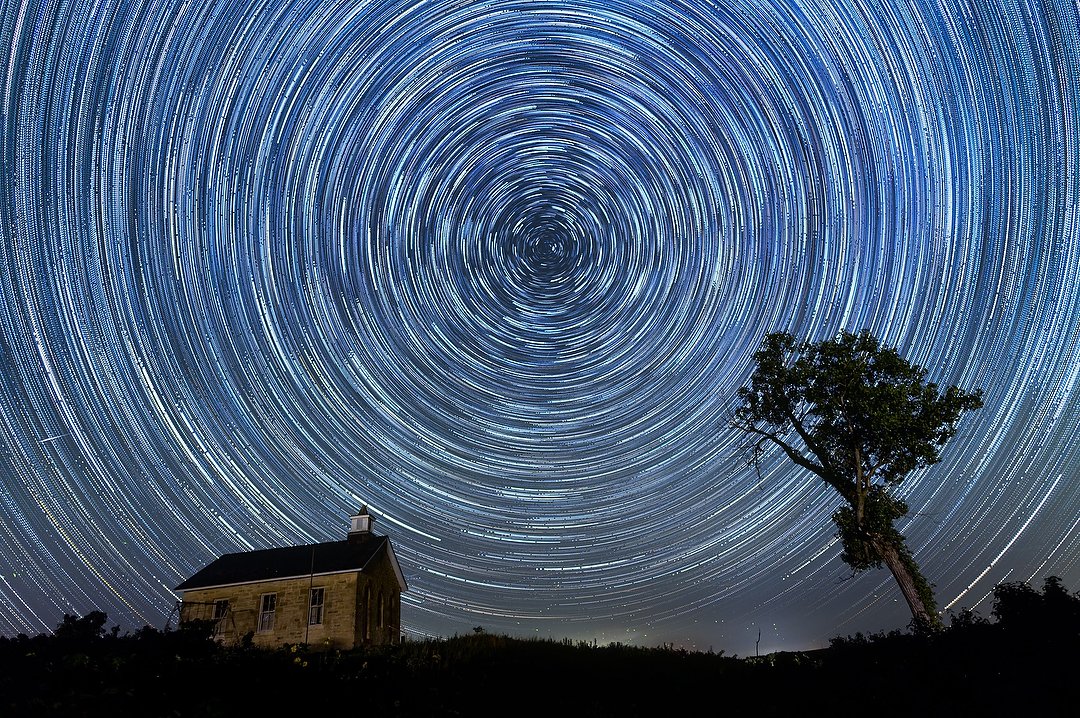
And there are other fun things you can do with night photography, like creating star trails. This photo is a composite created by stacking 71 separate 30-second exposures in software. Nikon D780, ISO 2000, f/1.8, Nikkor 20mm f/1.8 G lens.
I could go on and on, but I’m guessing you get the point. If you’d like to see more of my night photography, you can find a gallery here. And if you’d like to learn how to do night photography yourself, or go further with what you’re already doing, join me in the online class I’m teaching through the Creative Photo Academy, beginning Oct. 26. You can find those details here.
(If you like this story, please share it with your friends and let them know about the links on photography that I post on my business Facebook page. I’m also on Instagram and Twitter, @reedhoffmann. And if you’re curious about the workshops I teach, you can find them here. And, you can subscribe to this blog on my home page.)

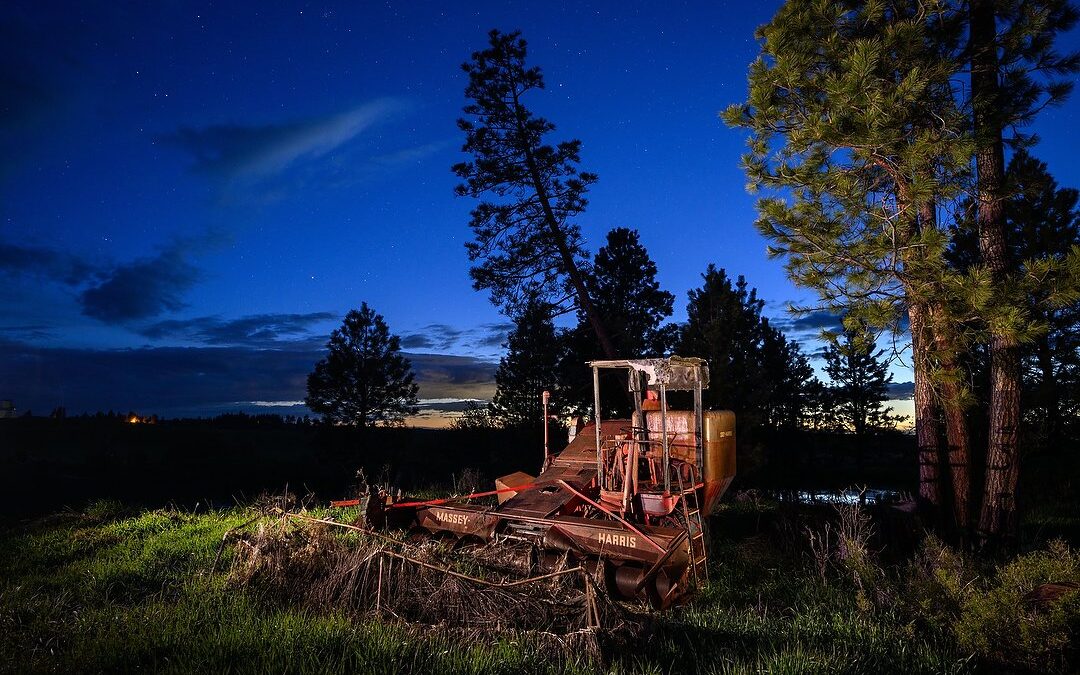
wow